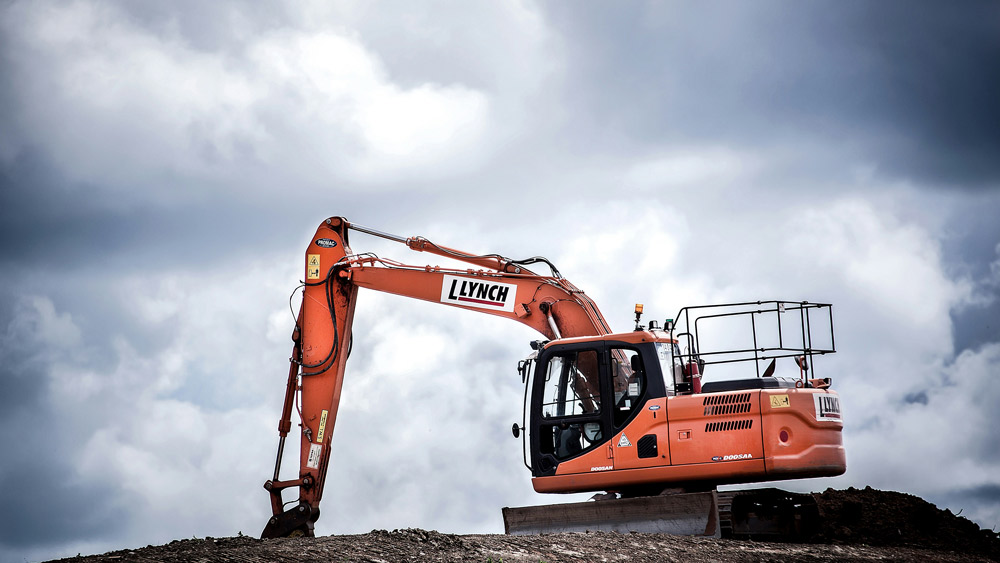
Knowing what type of maintenance to do for what equipment is essential. Photo by Luke Besley on Unsplash
Construction is an asset-intensive industry. Companies depend on building equipment, power tools, construction vehicles, and all heavy machinery for essential functions like excavation, construction, and demolition. This equipment must always be kept in safe, proper, and optimal working order so construction workers can do their jobs. This underscores the vital importance of construction equipment maintenance.
|
ADVERTISEMENT |
Preventing downtime, extending lifespans
Construction companies use an array of costly and complex equipment. When this equipment is poorly maintained, it can impede the accuracy, quality, and consistency of building work. Poorly maintained construction equipment can pose significant safety hazards to construction personnel and the occupants of any structure built under less-than-ideal conditions.
…
Add new comment